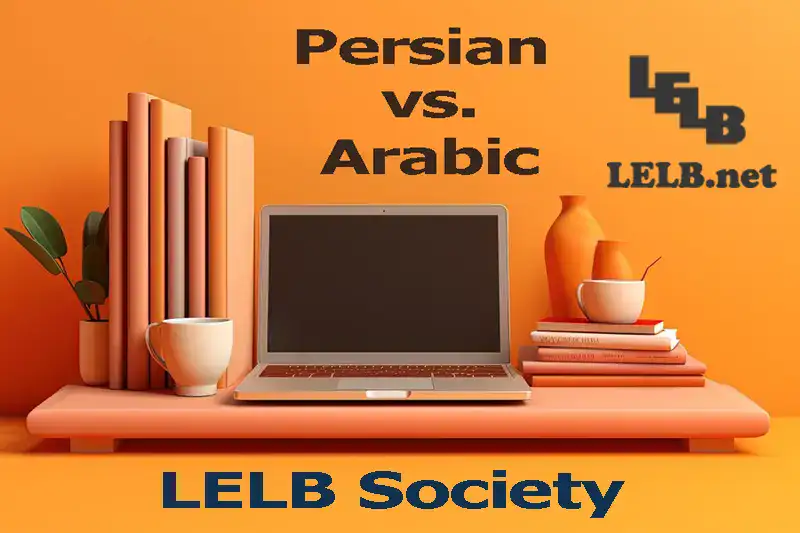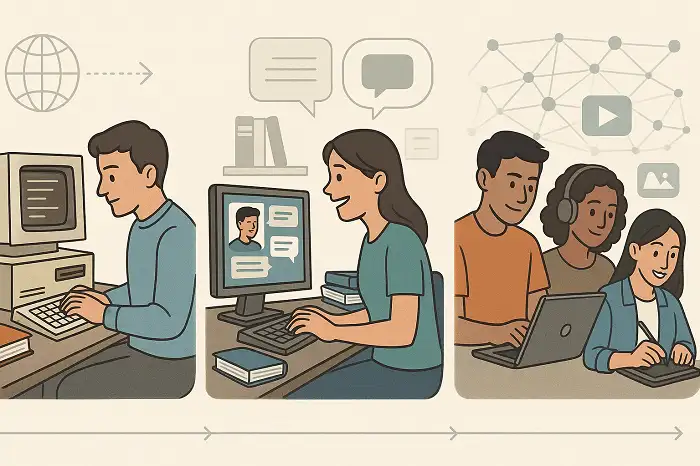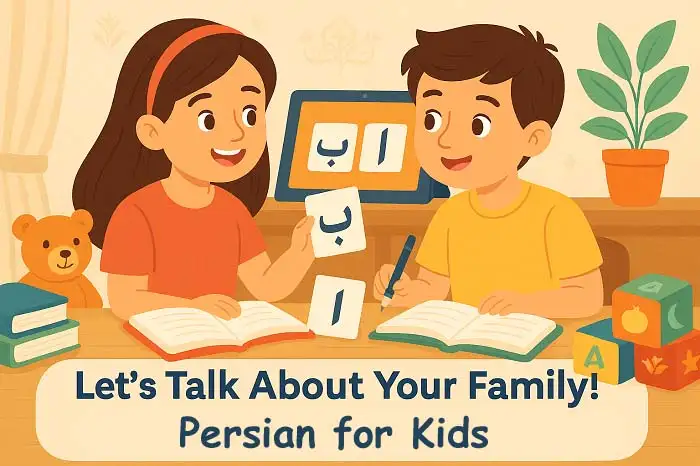Table of Contents
For curious minds drawn to the rich tapestry of Middle Eastern languages, Farsi (also known as Persian) and Arabic often spark debate. Both boast beautiful calligraphy, vibrant cultures, and long histories. But for those taking the plunge into language learning, a crucial question arises: Farsi or Arabic?
While they share some similarities due to geographical proximity and historical interaction, Farsi and Arabic are distinct languages with unique features. Understanding these differences can empower you to make an informed decision about your language learning journey.
Video of Farsi vs. Arabic
Delving into Origins: A Tale of Two Families

The first key distinction lies in their language families. Farsi belongs to the Indo-Iranian branch of the Indo-European languages, sharing ancestry with languages like English, Hindi, and French. Arabic, on the other hand, is a Semitic language, related to Hebrew and Aramaic. This fundamental difference shapes vocabulary, grammar, and even writing systems.
Vocabulary: Sharing Roots, Branching Out

Farsi’s Indo-European roots are evident in its core vocabulary. Words like “madar” (mother), “pesar” (son), and “do” (two) share cognates (related words) in English and other European languages. However, centuries of interaction with Arabic have enriched Farsi’s lexicon. Many terms related to science, philosophy, etc. are borrowed from Arabic, often with slight modifications in pronunciation and spelling. This creates a fascinating blend, where a learner might encounter a sentence with a mix of Farsi and Arabic words.

Arabic vocabulary, on the other hand, is largely rooted in its Semitic core. While some loanwords from other languages exist, the overall vocabulary feels distinct from European languages. This doesn’t mean Arabic is completely unfamiliar – English has borrowed words like “algebra,” “alcohol,” and “giraffe” from Arabic, offering a glimpse into the historical exchange.

It’s also interesting to note that modern Persian has borrowed a great number of words from the French language, and they’re all common. Some of these French words in Farsi are like maman, merci, museum, television, chauffer, taxi, luster, and the like. By clicking on the above picture, you can study these common Persian vocabulary borrowed from French used in simple sentences with a video.
Script Similarities, Pronunciation Divergences
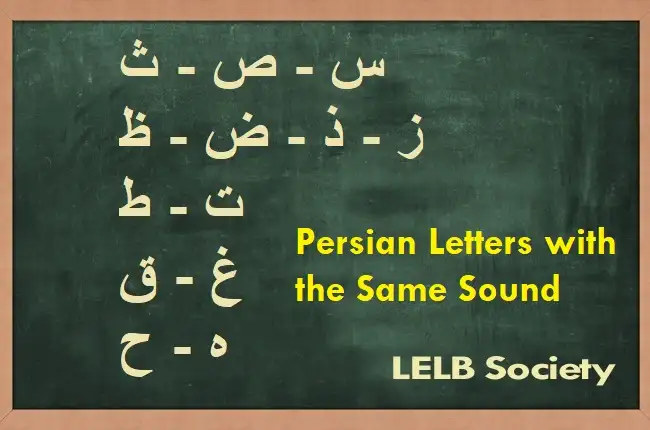
Both Farsi and Arabic are written using a modified version of the Arabic script. This script reads from right to left and utilizes diacritics (small markings) to denote vowels, which are not always written. While the visual appearance of the script might seem similar at first glance, there are key differences. Farsi has four additional letters not found in Arabic, representing sounds specific to the language. These four Persian sounds are: /g/, /p/, /tʃ/ and /ʒ/.
Pronunciation also presents distinct challenges. Arabic has sounds not present in English, like the emphatic consonants pronounced from the throat. Farsi, while having its own pronunciation quirks, might feel slightly easier for English speakers due to the absence of these emphatic sounds. Additionally, Farsi pronunciation is generally more consistent, with each letter having a single sound, unlike Arabic, where pronunciation can vary depending on its position in the word.

Farsi learners on LELB Society have this special chance to practice and learn Farsi based on asynchronous learning with the help of free Persian language resources enriched with video tutorials, multimedia, comment forms, and discussion boards or forums. Our Persian forum is constantly available to Persian students and enthusiasts to master Farsi with native speakers.
Grammar: Unveiling the Structures
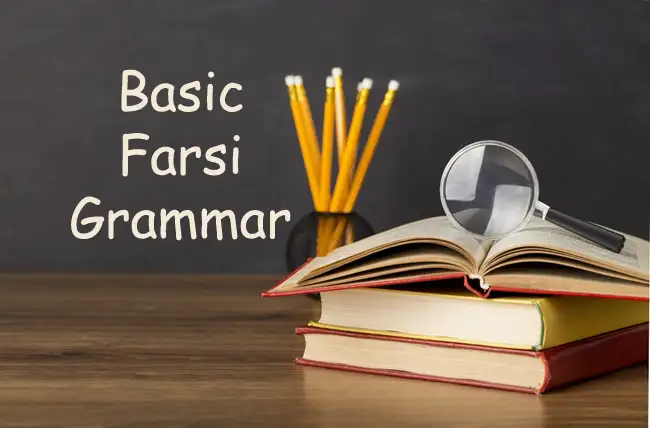
The realm of grammar offers another point of divergence. Arabic grammar is known for its complex verb conjugations, intricate noun declensions, and dual grammatical genders (masculine and feminine, plus an additional neutral gender). Persian grammar, while not entirely simple, is often considered less complex than Arabic. It has a simpler verb conjugation system, fewer noun declensions, and only two grammatical genders. This can make Persian sentence structure feel more intuitive for learners familiar with European languages.

Our Persian grammar resources on LELB Society include embedded video tutorials, simple explanations in English and Persian for non-Persian speakers, and comment forms for Persian students to leave questions and comments based on asynchronous learning. The following lessons on Persian grammar with videos are just a few examples to learn basic Farsi grammar:
- Persian Sentence Structure for Non-Persian Speakers
- Basic Farsi Grammar with 25 Persian Lessons + Videos
- Conditional Sentences in Farsi with Video
- Persian Conjunctions and Their Functions with Examples
- Reported Speech in Farsi for Non-Persian Speakers
Dialects: A Spectrum of Variation
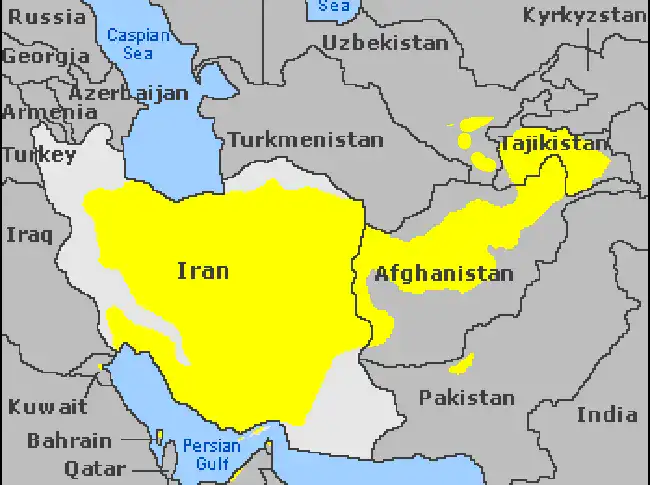
Both Farsi and Arabic have regional dialects. Farsi has three main dialects – Tehrani (spoken in the capital, Tehran), Dari (spoken in Afghanistan), and Tajiki (spoken in Tajikistan). These dialects are, however, mutually intelligible, meaning speakers of one dialect can understand the others with relative ease. Arabic, on the other hand, boasts a vast array of dialects, often classified into five major groups. These dialects can differ significantly in vocabulary, pronunciation, and even grammar, making inter-dialectal communication more challenging.
Learning Resources: A Landscape of Options

The availability of learning resources can also influence your choice. Farsi, due to its smaller speaker base compared to Arabic, might have fewer learning resources readily available. However, the internet has bridged this gap to some extent, with online Farsi courses, apps, and digital dictionaries becoming increasingly accessible. Arabic, with its wider reach, enjoys a larger pool of learning resources, from textbooks to online communities.
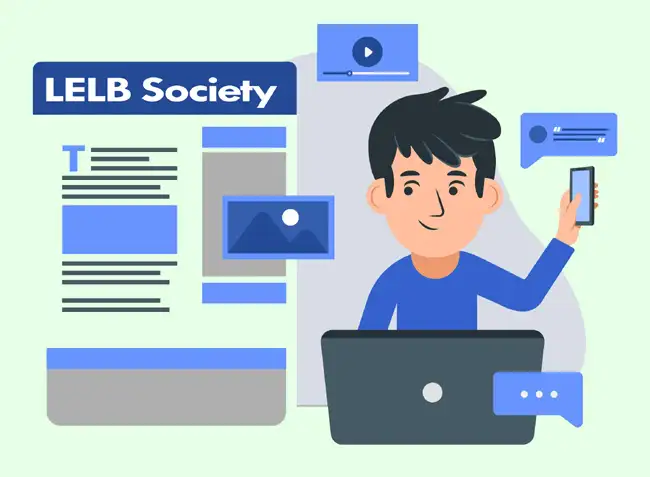
LELB Society’s team of authors, teachers and content developers have been working very hard since July of 2015 to provide a growing wiki of English and Persian resources for free with embedded videos, lectures, and comment forms to account for flipped learning and asynchronous learning in our bilingual academy and online community.
